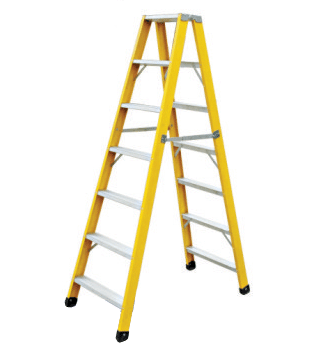1. You should go look and see what your home looks like online.
Chances are before listing your home you met with your agents and went over their marketing plan that they use for their listings. Somehow more often than not homes online receive a failing grade on their online presence with some of the traits below:
- One or two pictures
- No pictures at all
- Multiple photos that represent the photos poorly
- Descriptions that that seller would not approve such as: "this place is a mess"
Bad Photos of Home
2. If your home is overpriced, I will just wait for it to come down before I come see it.
You may think that the best idea is to list your home high and see who will make an offer; then if they don't they can talk you down. This works for some people and depending on the are could even be the best option for getting top dollar for your home. At the same time, in areas where the homes go for below-asking, buyers will not even consider looking at a home that they feel is overpriced. It is important that you speak with your agent and you choose wisely what avenue you want to take.
3. I only have to find one home.
Agents talk to their home buyers a lot about how they need to compromise on things they want to find in a home. The reality is that home buyers are not interested in market analysis. They are in the business of finding one home, only one. Ultimately, every buyer has to make some compromises as no home is perfect. Even in a heating market like the one we are in right now there are homes coming onto the market every single day. Any buyer has to find one that works for them so coming into a home they need to really feel inspired by it. If you take shortcuts when it comes to prepping your home it will not be at its' prime and therefore it will be overlooked. Make sure that it shines and is priced at an amount reasonable for the area.
4. If i pick your house apart, it means I like it.
Every buyer will trash talk a home they look at at some point whether it has horrid wallpaper or ugly decorations, etc. Somehow, someway the owners will find out about it and it will devastate them. The truth is the more the potential buyers nitpick the home and start the " I could do this, or we could change this" the more personal they are becoming with the home. They are picturing themselves starting a life there and trying to make it their own. This is good news believe it or not or because they are more likely to put in an offer. Try to remember that your style is not for everyone if these rude thoughts that have been said do come to your attention.
5. The bar for staging is REALLY high.
With all the TV shows on HGTV on how to stage your home the average American expect your home to look like they do. Professional home staging has recently taken off and data has shown that these homes sell faster than homes that are not staged. Not only is your home competing with the others on the market, it is subconsciously competing in the buyers mind as the ones on television and in magazines. If you can afford to have it staged I would reccommend that you do so but that is not likely for most people. You still need to take the preparation of your home seriously and things to consider are:
- New paint
- What small improvements will get you top dollar for your home
- What furniture you should get rid of
Bad Examples
Information brought to you by Trulia.com

